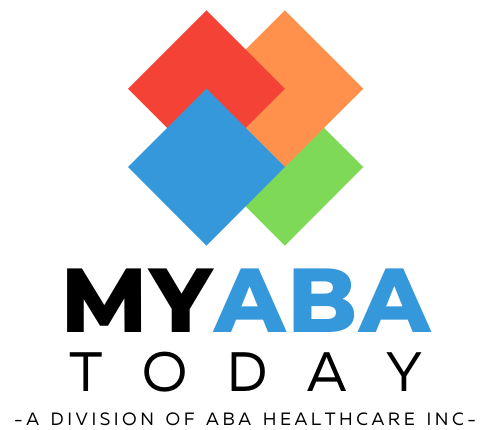Those of us who keep up with the business world have heard endless discussions about how best to provide feedback to your employees as a manager. But less discussed is how to receive feedback, or how to even teach your employees how to receive it.
A recent study in the Journal of Organizational Behavior Management did exactly that. Ehrlich, Nosik, Carr, and Wine (2020) generated a list of 8 critical skills involved in receiving feedback during a meeting with a supervisor. The list was informed by interviews with business leaders. Next, the team set up a way to train three employees on the skills, and see how those skills impact their work performance.
The skills were:
- arriving prepared for the meeting
- maintaining eye contact during the meeting
- asking appropriate followup questions
- acknowledging corrective feedback
- engaging in active listening
- committing to behavior change
- indicating appreciation for the feedback
- demonstrating appropriate overall demeanor
Each skill was specifically defined and the meetings were recorded and coded.
The team used a technique known as Behavioral Skills Training (BST) to teach the three employees the eight items. BST is known for going beyond simple didactic instruction and incorporates modeling, role play, and feedback during the training. In short, it is very much a “learning by doing” approach. This training was given individually to each employee in a one-hour session.
Ultimately, the team wanted to see how such skills would improve work performance. The work in this case was providing customer support via email, and the emails had very specific parameters to follow as part of their work. The feedback given to the employees was regarding their emails.
In short, the team found improvements in how employees incorporated the 8 skills during the feedback sessions, as well as work performance. More specifically, employees adhered to email guidelines at 72-73% before training. After training performance increased to 82% for all three employees.
Also before training, two of the employees performed the eight skills at 31.8% and 62.5% accuracy, both improving to 81.3% accuracy after training. A third employee ended participation in the study before final data could be collected.
To read more about the study, including its limitations, be sure to check out the full article here.
How do your employees receive feedback? Do you think they can be taught how to receive it better?









